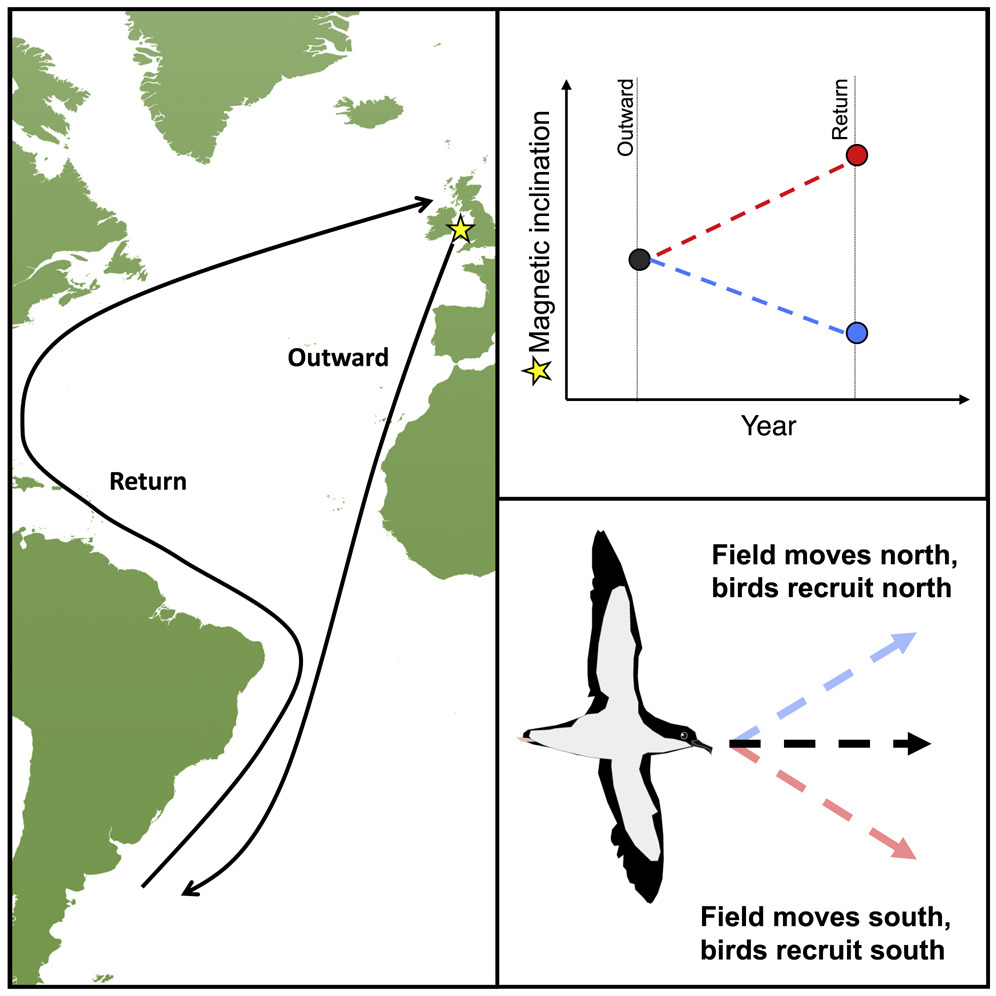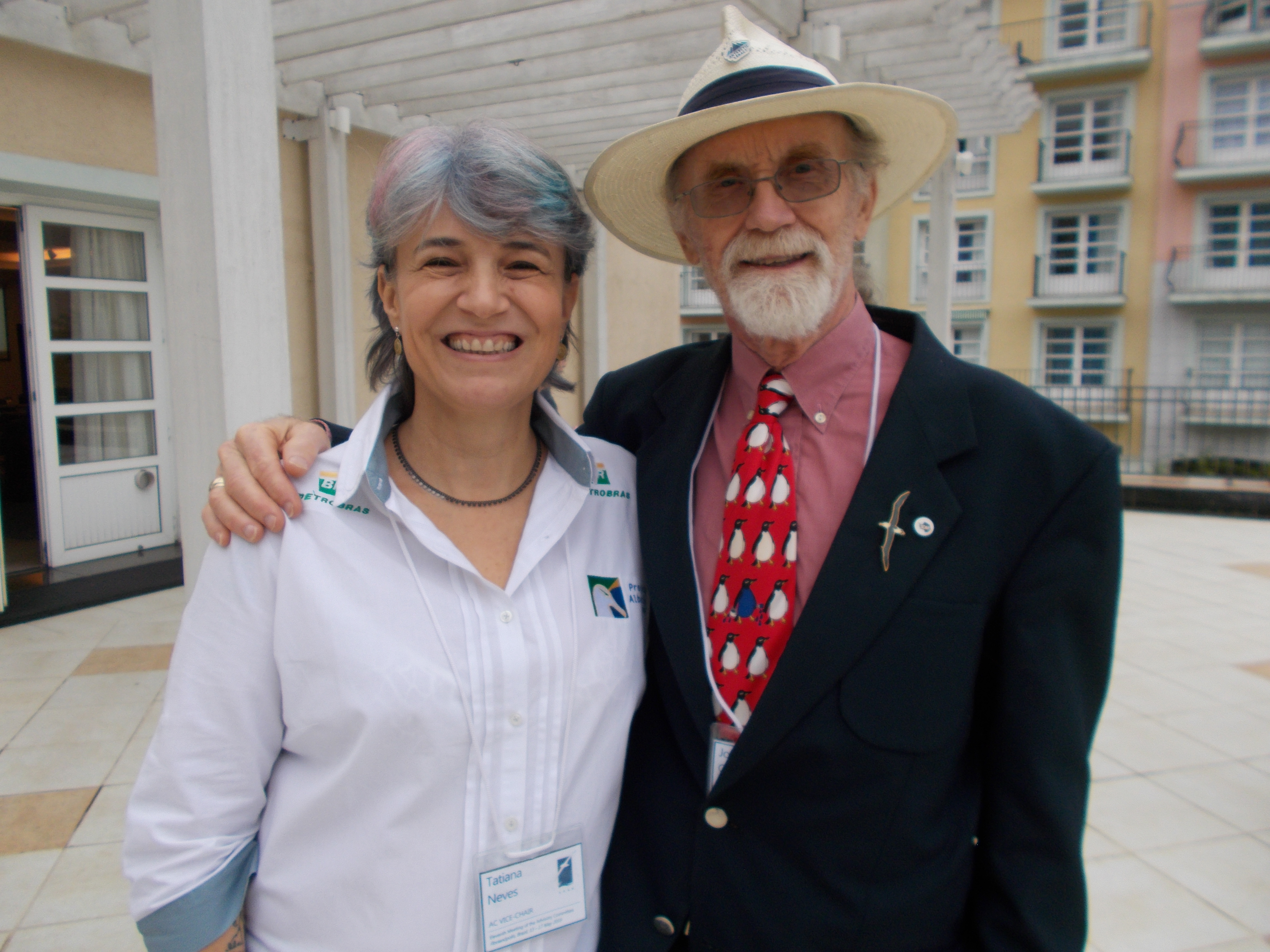
Under the international effort of Scientific Committee on Antarctic Research (SCAR) programmnes, expert and action groups, the Crustacean Guide for Predator Studies in the Southern Ocean gathers information from >100 species from 53 families of the most relevant crustaceans in the diet of sub-Antarctic and Antarctic meso- and top predators [including seabirds], including information on distribution, their relevance in predator diets, sizes, availability of allometric equations and practical procedures to differentiate crustacean species within each family. It is aimed to support scientists to identify crustaceans in diet studies of predators from the Southern Ocean while promoting interdisciplinary research.
[Text from the SCAR Newsletter, June 2020]
The publication’s abstract follows:
“Crustaceans are an important component in the diet of numerous predators of the Southern Ocean (water masses located south of the Subtropical Front). As identifying crustaceans from food samples using conventional methods is not easy, a crustacean guide is compiled here to aid scientists working on trophic relationships within the Southern Ocean. Having the needs of the scientists in mind, we gathered information from >100 species from 53 families of the most relevant crustaceans in the diet of subantarctic and Antarctic meso- and top predators, including information on distribution, their relevance in predator diets, sizes, availability of allometric equations and practical procedures to differentiate crustacean species within each family. Additional information of bibliography is added if families possess more that the species mentioned in this book. It is noted that a large number of species still has no allometric equations and the taxonomic status has (remains) to be clarified for some species (one or various species).”
Reference:
Xavier, J.C., Cherel, Y., Boxshall, G., Brandt, A., Coffer, T., Forman, J., Havermans, C., Jażdżewska, A.M., Kouwenberg, K., Schiaparelli, S., Schnabel, K., Siegel, V., Tarling, G.A., Thatje, S., Ward, P. & Gutt, J.(2020. Crustacean Guide for Predator Studies in the Southern Ocean. Cambridge, UK. Scientific Committee on Antarctic Research. 253 pp.
John Cooper, ACAP Information Officer, 02 July 2020

 English
English  Français
Français  Español
Español 






